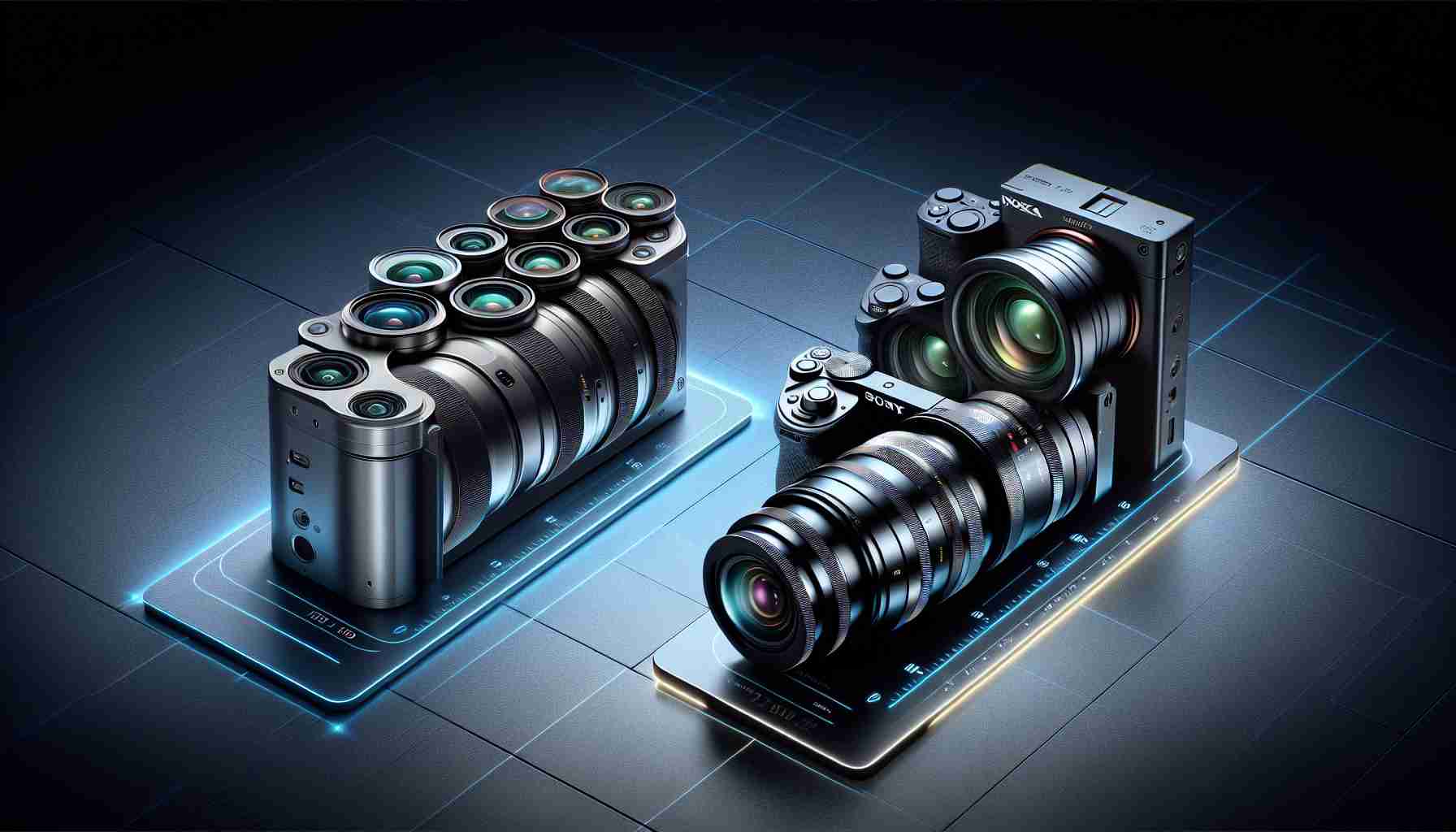The concept of a pocketable DSLR sparked the creation of the Nokia 9 Pureview in 2018. At its release, people were curious about how the five lenses would fare against other high-megapixel smartphones. While the Nokia 9 Pureview was designed for photography enthusiasts, its affordable price and the desire to compare it to future Pureview models attracted casual users, leading to mixed reviews.
Undoubtedly, the Nokia 9 Pureview faced challenges with its imaging stability, ultimately contributing to its downfall. Nevertheless, it was a groundbreaking attempt at achieving DSLR-quality output in an extremely compact form factor, without any camera bumps on the rear. Before that, the smartphone market focused on good imaging but lacked the capabilities to rival DSLRs and mirrorless cameras.
While some users who took the time to understand the Nokia 9 Pureview recognized its uniqueness, no other device came close to its capabilities until the release of the Sony Xperia Pro-I, three years later. The Xperia Pro-I not only aimed to achieve DSLR-level quality but also incorporated a high-end compact camera sensor akin to the RX 100 camera and integrated controls from Sony’s Alpha camera line. This device featured a 1-inch Exmor RS CMOS sensor, utilizing only a portion of its 21MP capacity to produce 12MP output.
Comparing the Xperia Pro-I to the older Nokia 9 Pureview, the former is undoubtedly superior and more versatile. However, both devices share similarities. They both utilize dedicated chips for image processing (the Light coprocessor chip for the Nokia 9 Pureview and the Bionz X processing chip for the Xperia Pro-I), lenses from Zeiss, and advanced bokeh capabilities for DSLR-like effects. Additionally, both smartphones support RAW image capture to maximize the potential of your captured moments.
In terms of usability, the Nokia 9 Pureview offers a simple solution, allowing users to choose between JPEG or JPEG + RAW formats. The Pro-I, on the other hand, offers basic mode where the phone determines the optimal settings or manual mode to fully exploit the power of its 1-inch sensor with a dual aperture setup. The Pro-I excels in autofocus capabilities and features advanced face and eye detection, distinguishing itself with these standout features. Additionally, the Xperia’s calibrated display provides accurate representations of the final image.
Comparing the 2018 Nokia 9 Pureview with an advanced imaging device like the Sony Xperia Pro-I is a challenging task. In Part 2, we will share photo samples from both smartphones in both JPEG and RAW formats. Stay tuned to witness the evolution of pocketable DSLRs.
Follow us on X for the latest updates or connect with us on Twitter at @theoriginal086.
The smartphone industry has witnessed significant advancements in camera technology over the years. The introduction of the Nokia 9 Pureview in 2018 marked a milestone in the quest for DSLR-quality output in a pocketable device. This device attracted both photography enthusiasts and casual users due to its affordable price and the desire to compare it to future Pureview models.
However, the Nokia 9 Pureview faced challenges with its imaging stability, which ultimately affected its overall performance and contributed to its downfall. Despite this setback, the device showcased the industry’s aspiration to offer advanced imaging capabilities in a compact form factor, without the need for camera bumps on the rear.
Prior to the Nokia 9 Pureview, the smartphone market focused on improving image quality but lacked the capabilities to rival DSLRs and mirrorless cameras. The introduction of the Sony Xperia Pro-I three years later brought a new level of competition. This device not only aimed to achieve DSLR-level quality but also incorporated a high-end compact camera sensor, similar to the RX 100 camera, and integrated controls from Sony’s Alpha camera line.
The Xperia Pro-I featured a 1-inch Exmor RS CMOS sensor, utilizing a portion of its 21MP capacity to produce 12MP output. This device surpassed the older Nokia 9 Pureview in terms of versatility and overall performance. Both devices shared similarities such as dedicated image processing chips, lenses from Zeiss, and advanced bokeh capabilities for DSLR-like effects.
Furthermore, both smartphones supported RAW image capture, allowing users to maximize the potential of their captured moments. The Nokia 9 Pureview offered a simple solution, allowing users to choose between JPEG or JPEG + RAW formats. On the other hand, the Xperia Pro-I provided a basic mode where the phone determined optimal settings and a manual mode for users to fully exploit the power of its 1-inch sensor with a dual aperture setup.
In terms of autofocus capabilities, the Xperia Pro-I excelled and featured advanced face and eye detection, setting it apart from its competitors. Additionally, the Xperia Pro-I’s calibrated display provided accurate representations of the final image, enhancing the user experience.
The comparison between the 2018 Nokia 9 Pureview and the advanced imaging capabilities of the Sony Xperia Pro-I highlights the evolution of pocketable DSLRs. The advancements in camera technology have enabled smartphone users to achieve quality outputs that rival traditional DSLRs and mirrorless cameras.
For more updates on the latest developments in smartphone camera technology, you can follow link or connect with us on Twitter at @theoriginal086.
